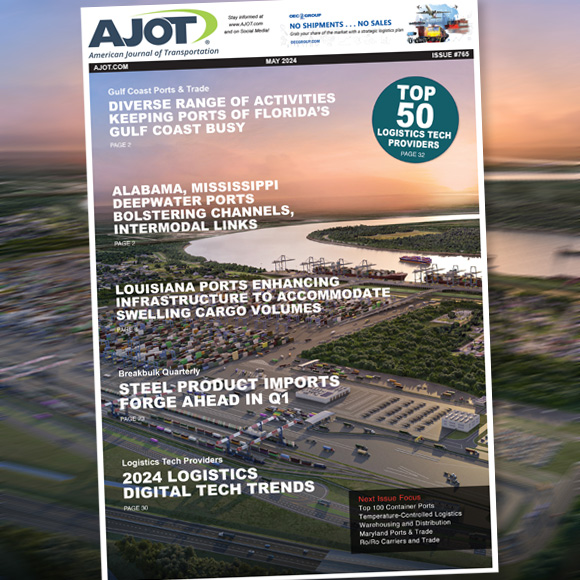The Transportation Intermediaries Association (TIA), the voice of third-party logistics, released a case study examining the current state of play of detention time. Nearly 40 years ago, mileage replaced weight as the top-used valuation for freight rates after the Motor Carrier Act of 1980 opened the floodgates of competition. The Interstate Commerce Commission (ICC) no longer granted carriers operating authority for lanes with rate structures based on the poundage or “hundredweight” by freight type. The next shift had come in December 2017 with the Federal Motor Carrier Safety Administration’s (FMCSA) electronic logging device (ELD) rule. In an instant, time leapfrogged mileage for rate valuations and shippers and 3PLs began buying the driver’s time, not the mileage.
As part of the TIA’s Shipper Committee and Council initiative to increase business relationships and collaboration between shippers, motor carriers and 3PLs, the issue of detention time was examined and identified. Several leaders from each group were interviewed, and the case study found that all parties view detention time as an opportunity to establish and execute policies that remove it as a point of contention.
“TIA continues to examine issues that directly impact 3PLs, shippers and motor carriers. These investigations allow all three entities involved to have open dialogue and identify solutions to problems that continue to plague the industry. As the leading organization representing 3PLs in the marketplace, TIA will continue to work with our member's customers to ensure that fair practices are coming to fruition and spotlighted throughout all segments of transportation,” stated Chris Burroughs, Vice President of Government Affairs for TIA.









